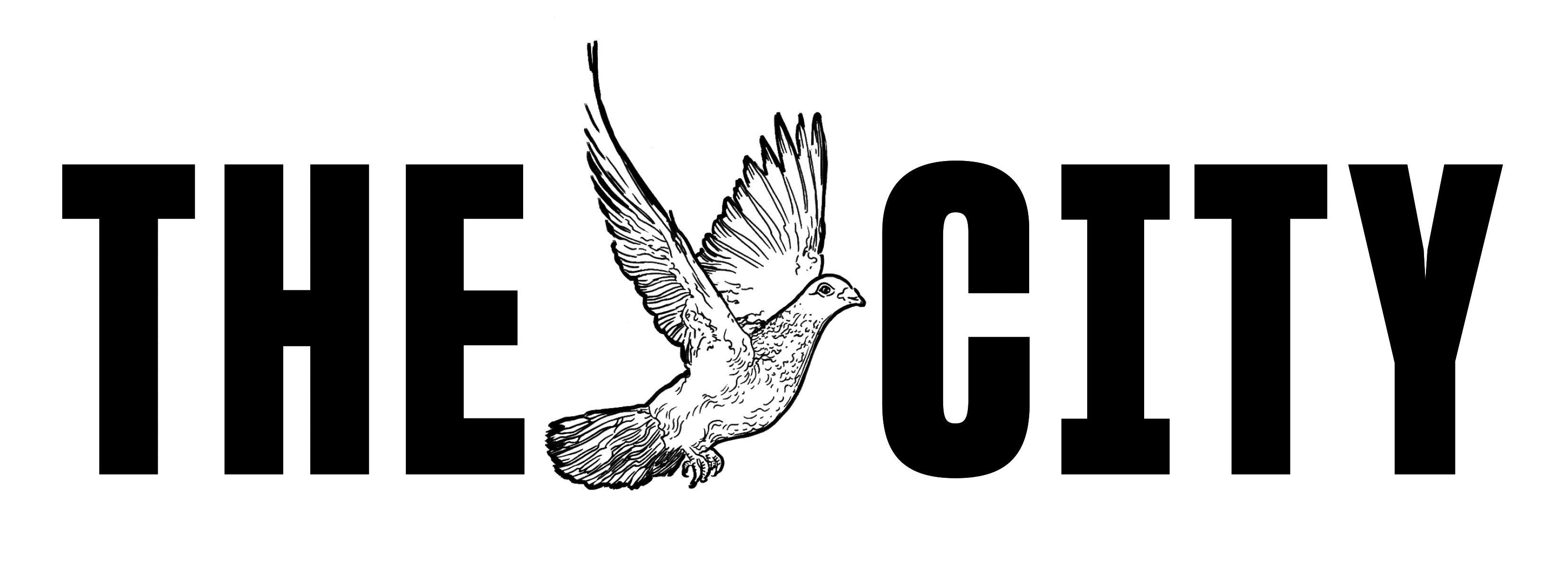Big influx of 17-year-olds poses next ‘Raise the Age’ test

Court officers stand outside The Bronx County Hall of Justice. Photo by Ben Fractenberg/THE CITY
 This story was originally published on Sept. 23 by THE CITY.
This story was originally published on Sept. 23 by THE CITY.
Beginning next week, 17-year-olds will be taken out of the adult criminal justice system — marking the final phase of New York’s historic Raise the Age legislation.
But the law will be put to a critical test: Last year’s removal of 16-year-olds from the system found some courts unprepared for the change — leading youths to be treated like adults or even worse.
